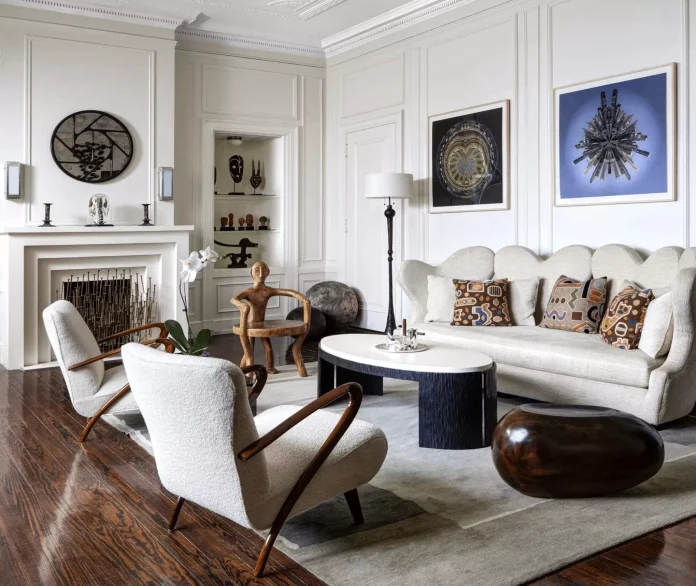
For years, we have lived under the quiet tyranny of the neutral palette and the minimalist mandate. Imagine a design trend that arrives like a vivid exhale of chaos and creativity. We have yearned for a construct that wasn’t just photogenic but truly biographical.
Enter Shambolism: the profound and captivating aesthetic rebellion that is shattering the glass ceiling of perfection. This is not mere clutter, nor is it sloppiness. It’s maximalism’s liberated, more sensual cousin: a curated chaos that feels deliberate. Shambolism transforms an accidental stack of mismatched frames or the riot of color and texture into a coherent, irresistible portrait of its inhabitant.
The Manifesto of Disorder
The philosophy of Shambolism is simple: your home is not a museum exhibit, but a living, breathing document of your journey. It is a decisive rejection of the trend-chasing uniformity that has rendered so many luxury apartments into sets. At its core, the trend champions individuality, translating a life rich with experiences, curiosities, and contradictions into a three-dimensional visual language.
Where classic design principles demand symmetry, Shambolism thrives on contrast and asymmetry. It asks you to discard the rulebook and treat your space like a painter’s canvas where every object, every texture, and every shade holds an emotional charge. The resulting aesthetic may appear anarchic at first glance, but as you look closer, all of it tells the story of you.
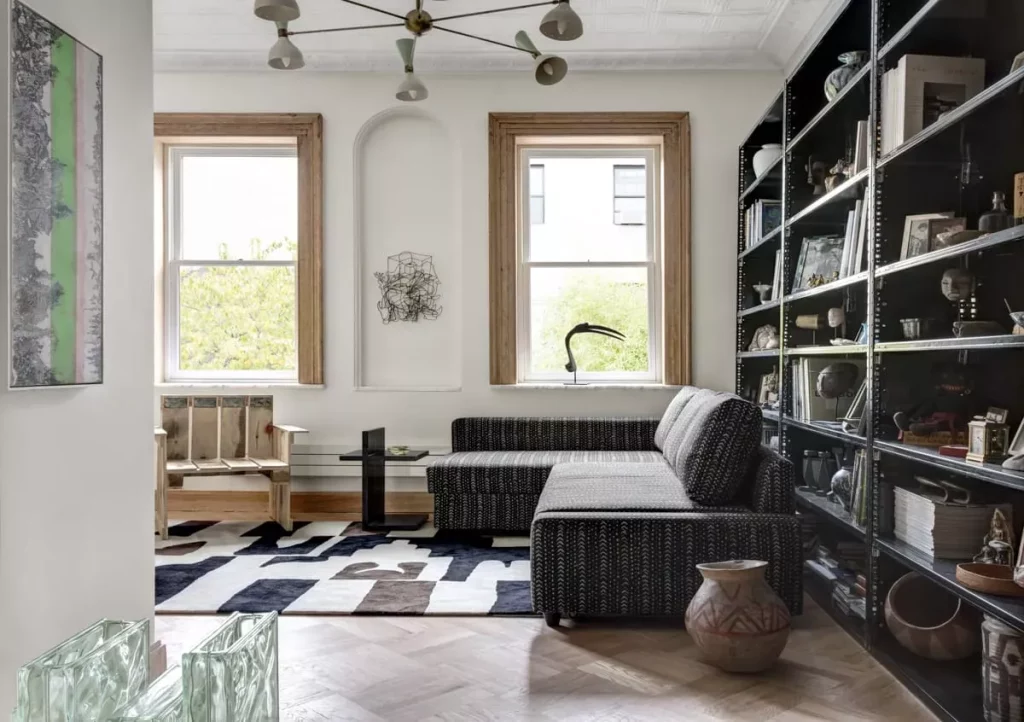
It is the sophisticated acknowledgment that the chipped heirloom, the off-center arrangement, and the clashing palette possess a depth and authenticity that a polished, matching suite can never achieve. Shambolism is an antidote to an increasingly sanitized world, inviting emotional expression back into the architecture.
Beneath its flamboyant aesthetic, shambolism carries a quiet sustainability ethos rooted in sentiment. It encourages us to value what already exists, the inherited or handcrafted pieces from our past. This philosophy finds kinship in designers like Justina Blakeney, whose “Jungalow” aesthetic embraces prints, plants, and personal treasures to craft spaces that feel deeply autobiographical. In the same way, shambolism weaves design into the story of our lives.
The Art of Intentional Anarchy
Translating this philosophy into a physical space can be exhilarating. Drawing on the bold heritage of maximalism but layering it with a more intimate, narrative soul.
The Dialogue of Decades
Shambolism finds its rhythm in the Mix and Match. Imagine pairing a brutally minimalist credenza with an ornate, Victorian-era gilded mirror, or draping a sleek, mid-century modern sofa with a hand-stitched throw.
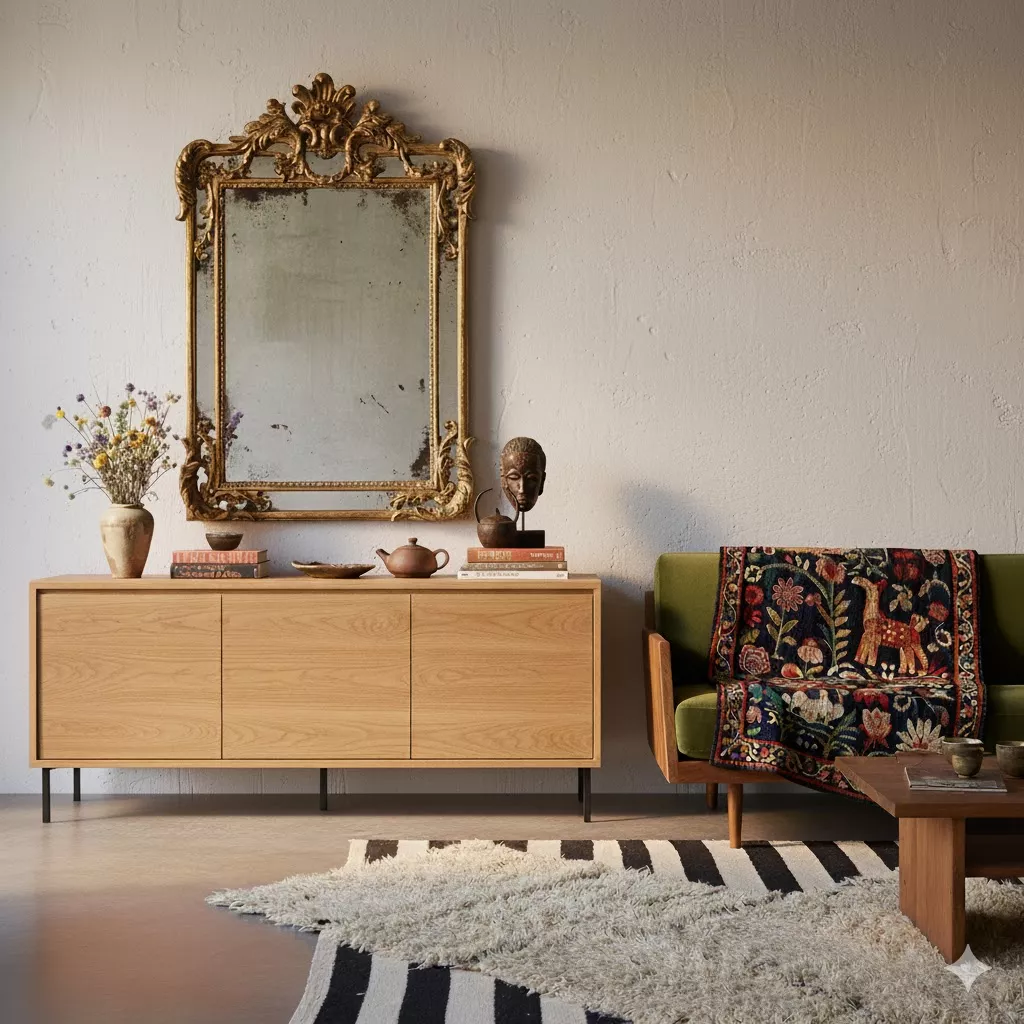
The power lies in the conversational tension between objects: the vintage finds a sharp new context alongside the avant-garde. A bold striped rug is placed under a worn, unvarnished wooden coffee table. These unexpected unions force the eye to pause, creating a dynamic, restless energy that makes a room feel instantly alive.
Color as Unrestrained Emotion
In Shambolism, color is not merely an accent; it is a primal language. This trend demands a Color Explosion, urging the designer to embrace palettes that traditionally shouldn’t work. Picture a wall of deep, moody plum placed next to a vibrant, electric cobalt piece of furniture, or a shocking lime green chair nestled against a mustard yellow throw.
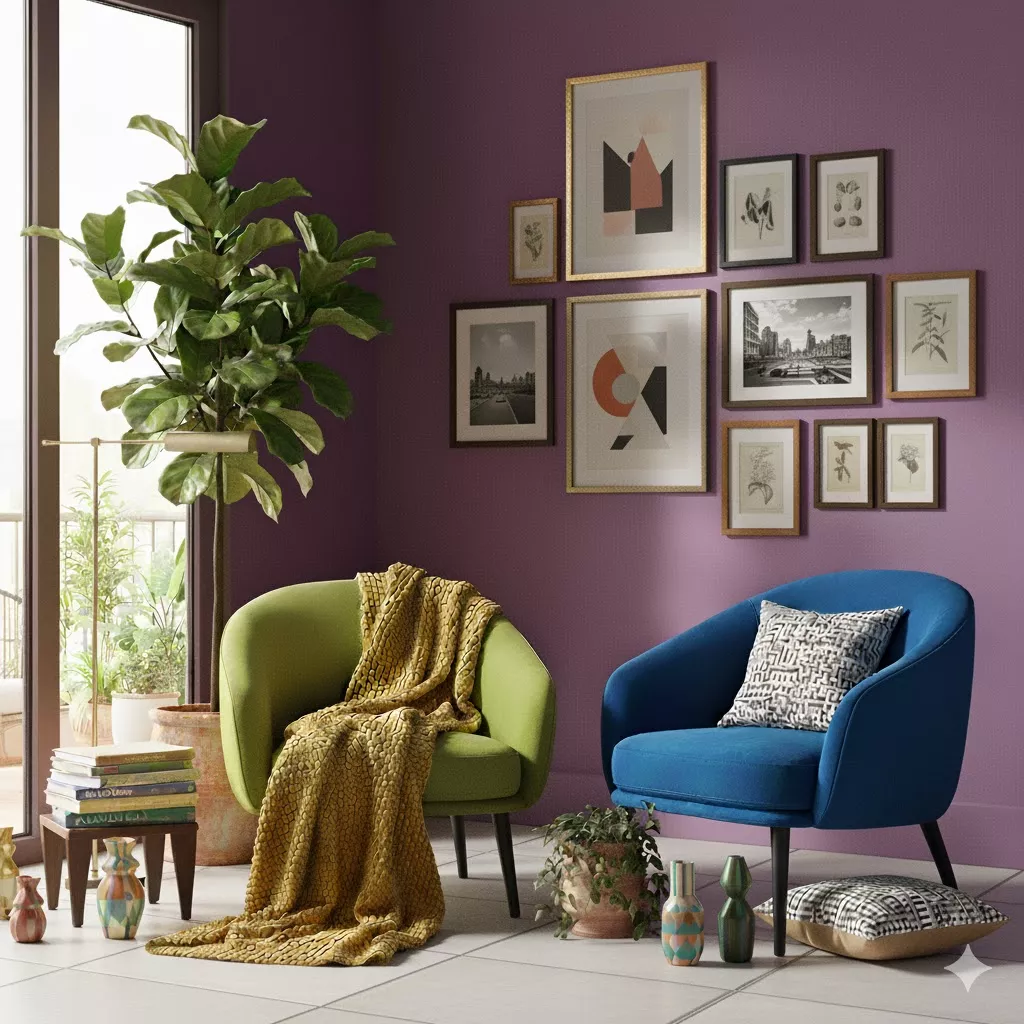
The result is not jarring, but an energetic, intoxicating visual feast. Loud tones are strategically balanced by textural touches or darker elements, creating a sensory experience that is bold yet cozy. It is the permission to splash color without restraint, letting every shade represent a passionate layer of your interior world.
A Sensual, Layered Memoir
Perhaps the most potent element of this trend is the emphasis on texture, a palpable richness that elevates the space beyond the visual senses. Textural Layering is key to giving the chaos a luxurious foundation. We move away from flat, uniform surfaces towards a more tactile memoir.
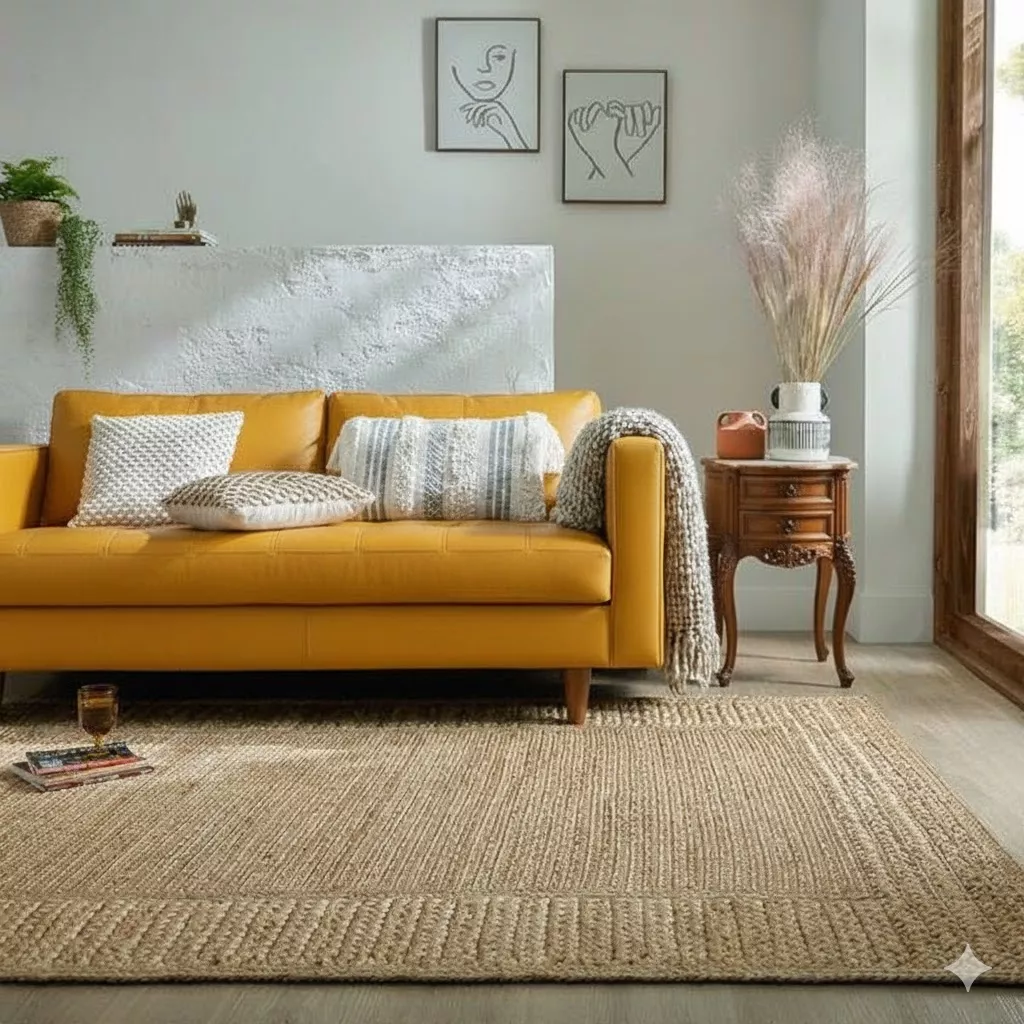
Combine the roughness of a woven jute rug with the soft elegance of a plush velvet throw, and set both against the cool, unyielding finish of a polished concrete wall. The layering of different materials gives the room depth, comfort, and a grounded sense of history. Every surface tells a story, making the space inviting.
Shambolism in Culture
The movement’s visual identity echoes beyond interiors. On Instagram, design accounts like @interiorsbyleomaharper and @lukeedwardhall celebrate clutter as character. In fashion, the mood translates to mismatched prints, eccentric layering, and unapologetic confidence. As Raf Simons once said of his creative process, “It’s about emotion, not control.” That sentence could easily define shambolism’s core.
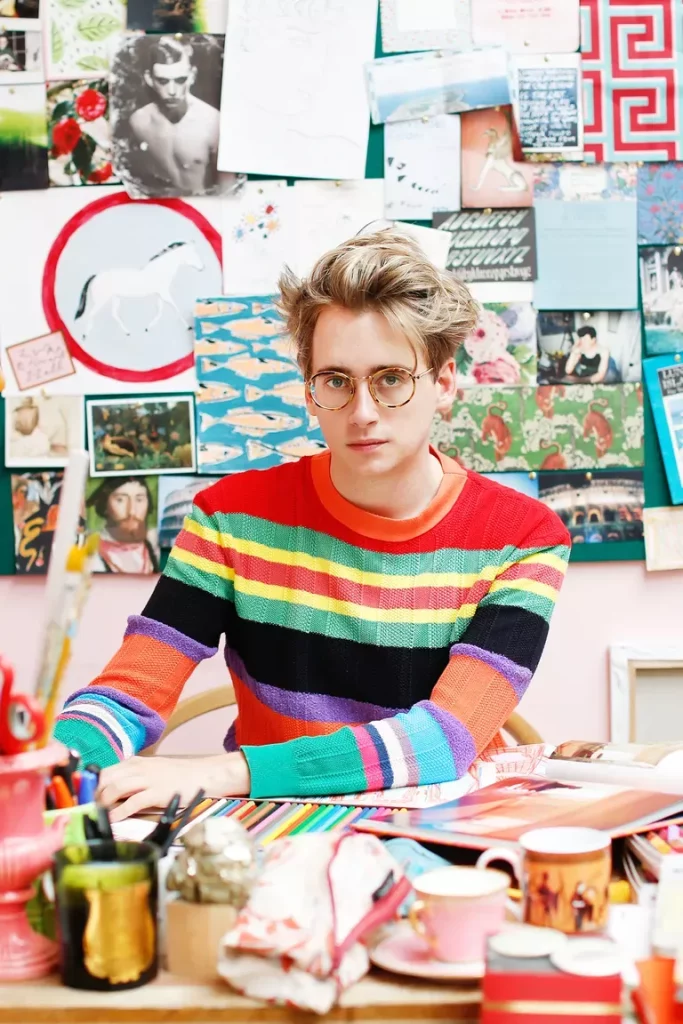
Gallery Walls as Living Narratives
Finally, Shambolism demands that art break free from its symmetrical cage. The gallery wall becomes a layered, ever-evolving narrative, not a grid. Art is layered, leaned against walls, stacked on console tables, and hung in mismatched frames.
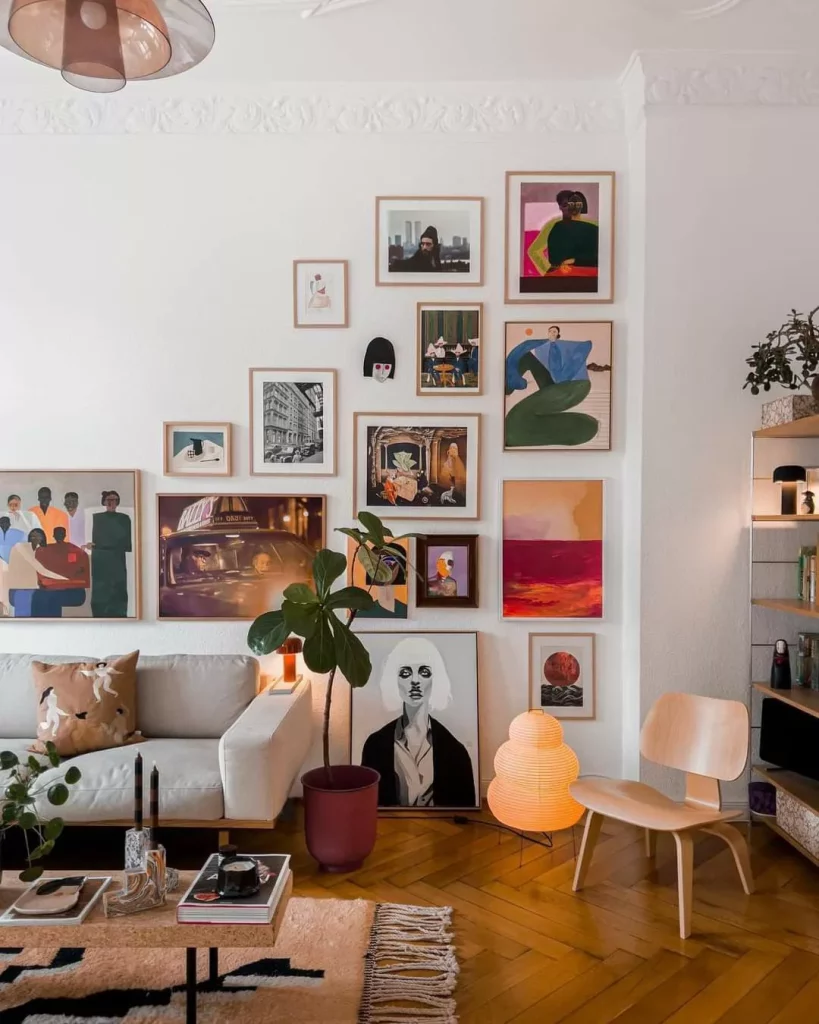
Contrast in scale is used to dramatic effect: an oversized canvas hung above a tiny, unassuming desk, or a massive, dramatic light fixture casting its glow over a small seating arrangement. This deliberate visual play keeps the eye perpetually moving, sparking curiosity and confirming that the entire collection, from high-art abstract to treasured family photos, is equally revered.
Dare to Design Out Loud
Why do chaotic combinations feel so right? Shambolism taps into the human desire for individuality and storytelling. In a world obsessed with curated feeds and predictable aesthetics, this trend offers freedom to experiment, inviting self-expression without anxiety over “matching” or “perfection.”
If you are fatigued by the pursuit of an unattainable, monochromatic ideal, this is your permission slip to rebel. Gather your contradictions, your souvenirs, your inherited furniture, and your wildest color fantasies. Start arranging them not by rule, but by instinct!
References
- https://www.decorilla.com/online-decorating/shambolism-design-trend/
- https://rsu4u.com/en/blog/trend-interjernogo-dizainu-sambolizm-koli-xaos-staje-mistectvom
- https://www.urdesignmag.com/shambolism-sensual-chaos-interior-design/
- https://www.livingetc.com/style/designer-profile/luke-edward-hall-212364
- https://www.instagram.com/interiorsbyleomaharper/?hl=en
